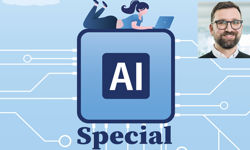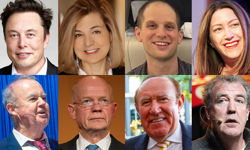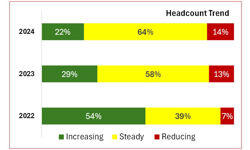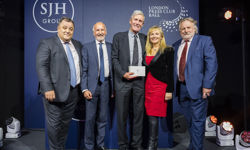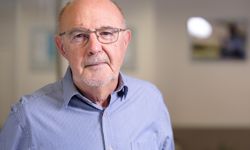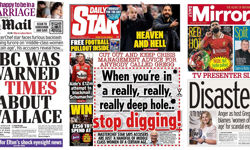The EPC’s “Big Idea”, entitled “The answer to the machine is in the machine,” centres on the need for the management of modern day copyright on the internet to be machine-mediated and for a human and machine-readable “digital copyright symbol” that will link users to human and machine-readable copyright statements, licences, e-commerce engines and other information on re-use of content to be designed and used as widely as the © has been since the early 1900s.
This idea follows on from the publishers’ ongoing assertion that copyright law is fit for purpose but the mechanisms for managing and communicating copyright online need to be updated.
EPC Executive Director Angela Mills Wade (pictured) said, “In the internet age we need to be able to identify the content being used and who controls the rights in it; we need to be able to identify the user and the usage; we need to be able to read any permissions information; we need to be able automatically to link these various entities together to complete a transaction. A digital copyright symbol would be a gateway and marker for any person and any machine for all this essential information. The digital copyright symbol would help copyright, that has been the engine of creativity for the past 200 years, continue to power the digital economy in the 21st century and beyond.”
The delivery of this project would bring together a diverse range of stakeholders from every part of the digital economy in a collaborative effort to build an open, standards-based infrastructure with the lowest possible barriers to entry.
Angela Mills wade added: “Rights and permissions data needs to move centre stage, particularly in the regulation of business-to-business transactions which often form the backbone of what consumers actually search and find.”
The EPC has been a key player in the work on ACAP (Automated Content Access Protocol), a new, open, communications tool that enables online content providers to communicate their copyright permissions information in a machine-readable language. The digital copyright symbol sits perfectly with this and other initiatives such as Creative Commons, the Global Repetoire Database and the ARROW project, to name just three.
Angela Mills Wade continued: “The answer to the machine is in the machine, as friend and publisher Charles Clark famously foresaw when mass distribution of content online began. We look forward to working with the Commission and all stakeholders to bring the online content industry into the 21st Century for the benefit of Europe’s consumers and businesses alike. The Digital Agenda provides the perfect opportunity for a European project to build the essential links in the infrastructure, to put Europe at the forefront of the digital content economy.”
Next Steps: The best ideas selected during the Stakeholder day will be developed further at a follow up meeting around February to review progress and to determine which ideas could constitute an interesting and constructive workshop at the Commission’s “Digital Assembly” in June 2011.



